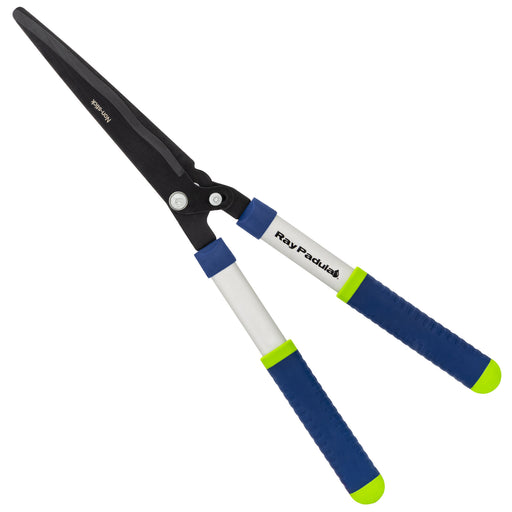
Some plants get along particularly well with other plants. Companion planting in your vegetable garden makes the most of these beneficial pairings. The right plant-neighbors can help reduce pests, increase yield and improve soil health. Companion planting is a favorite among avid gardeners everywhere. Many of the best companions are kitchen favorites that you'll want to include in your vegetable garden.
Soil Health
Certain plants can improve soil conditions for other plants by adding nutriends and changing the texture of the soil. For example, beans are well-known as a source or nitrogen, an essential soil nutrient. Other plants help to preserve soil moisture or aerate the soil so that water and air can reach the roots.
Tomato plants, for example, preserve moisture for carrots be shading the soil. The carrots in turn aerate the soil for the tomato plants. Carrots thrive near radishes because the radishes are harvested first and help loosen the soil for nearby growing carrots.
Before you plant those tomatoes, carrots, and radishes, be sure to have the necessary tools on hand like a trowel and cultivator, as well as plant support stakes and stands to support your plants as they mature.
Chemical-Free Pest Control
Basil, tomatoes, and peppers are fast friends in the garden, as well as the kitchen. Like many aromatic herbs, basil repels garden pests that affect tomatoes and peppers. Companion gardeners rely on basil to keep flies and mosquitos away from nearby tomato plants. Plant basil near peppers to repel aphids. And wouldn't you know that garlic, another spaghetti sauce ingredient, is a terrific companion on the garden as well? Try planting garlic and basil among your tomatoes and peppers to protect against garden mites.
Many plants act as natural repellents. Nasturtiums repel squash beetles and bean beetles. Marigolds repel aphids. Another way to control pests is to plant several varieties of one species. For example, a study at the University of California found that as a greater variety broccoli cultivars were planted, aphid infestations decreased.

Pollinators and Beneficial Insects
Companion plants can attract pollinators and beneficial insects to a vegetable garden. Insects that keep pest populations down include ladybugs, lacewings, and predatory mites. Some aromatic herbs, including dill, fennel, basil and parsley provide habitats for beneficial organisms at all life stages.
A variety of companion plants will also bring pollinators to your garden. Some even do double-duty and control weeds while they attract pollinators. Buckwheat and clover, well-known cover crops, bring pollinators in and keep weeds out of your garden.
Different Growth Habits for a Greater Yield
Plants with different growth habits often make excellent companion plants and can help you maximize a small gardening space. Corn, pole beans and winter squash are successful companion plants know as the "three sisters." Pole beans climbs up the tall corn stalks, making a trellis unnecessary. Corn is a heavy nitrogen feeder, and loves the nitrogen that the beans put into the soil. Winter squash plants have large leaves that keep the soil moist and suppress weeds. Together, each plant helps the other plants produce a healthy yield.
Companion Planting Worth a Try
Scientific proof for companion planting is scarce. However, vegetable gardeners have relied on this technique for centuries. If you're looking for a longstanding, chemical-free, abundant vegetable garden, you may want to try companion planting this season.
Legal Disclosure:
This post is provided for informational, educational purposes only. This information is intended to provide general guidelines. Because tools, products, materials, techniques, and local codes are constantly changing, Ray Padula Holdings assumes no responsibility for the accuracy of the information contained herein and disclaims any liability for the omissions, errors, or outcomes of any projects or tasks completed. It is the responsibility of the reader to ensure compliance with all local laws, rules, codes, and regulations for any projects completed. If there are any questions or doubts regarding any elements of any information provided, consult a local, licensed professional.



































